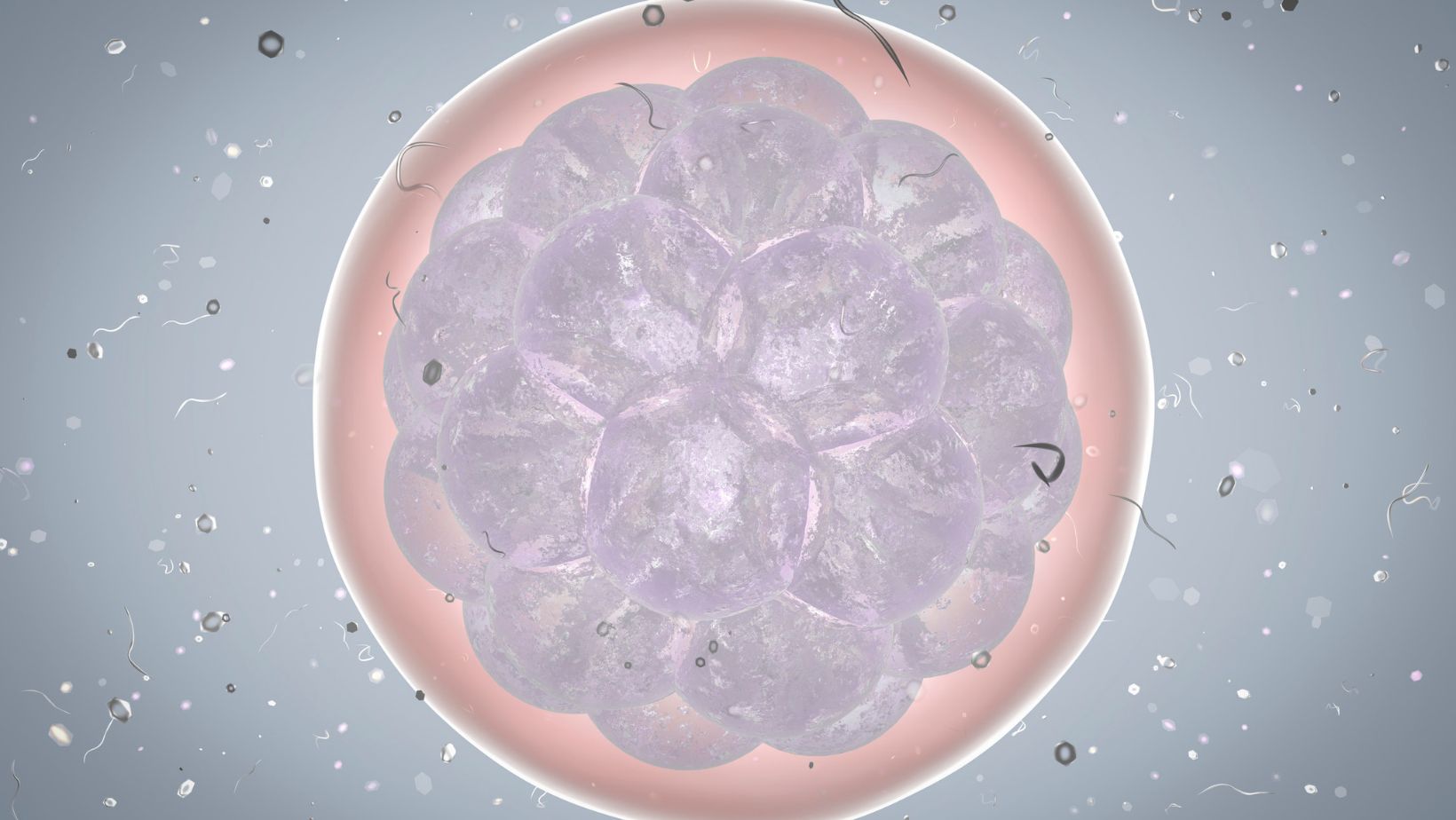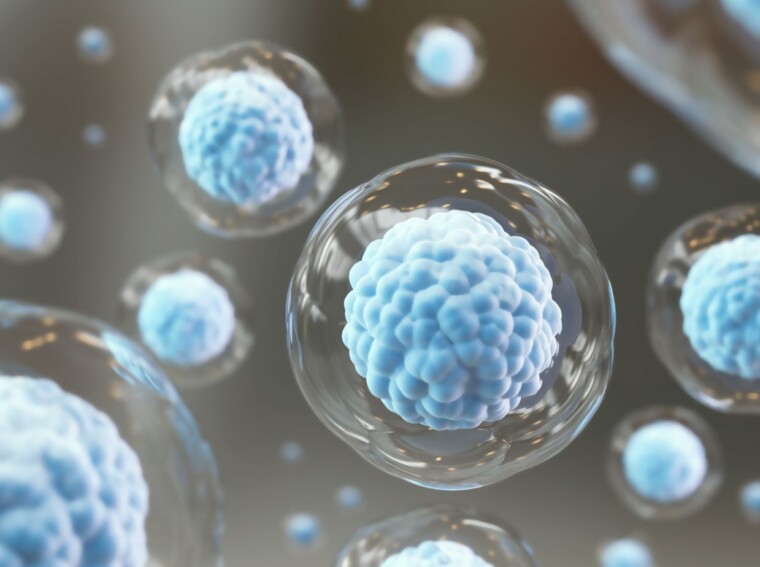Overexpression of Which Enzyme is Likely to Result in Increased Levels of HIF?
Overexpression of the enzyme prolyl hydroxylase (PHD) is likely to result in increased levels of hypoxia-inducible factor (HIF). HIF is a key transcription factor that plays a crucial role in the cellular response to low oxygen levels, or hypoxia. When oxygen levels are normal, PHD enzymes hydroxylate specific proline residues on HIF, marking it for degradation by the proteasome. However, when oxygen levels decrease, PHD activity is inhibited, leading to stabilization and accumulation of HIF.
The overexpression of PHD can disrupt this delicate balance and lead to higher levels of HIF even under normoxic conditions. This dysregulation can have far-reaching implications as HIF regulates the expression of genes involved in diverse processes such as angiogenesis, erythropoiesis, metabolism, and cell survival. Elevated HIF levels have been associated with various pathological conditions including cancer progression and metastasis.
Overview of HIF and its Importance
HIF: Understanding the Basics
Let’s dive into the fascinating world of Hypoxia-Inducible Factor (HIF) and explore its crucial role in cellular function. HIF is a transcription factor that plays a central role in regulating the body’s response to low oxygen levels, known as hypoxia. It consists of two subunits, HIF-1α and HIF-1β, which work together to activate genes involved in oxygen homeostasis.
Under normal oxygen conditions, HIF-1α is rapidly degraded by prolyl hydroxylases (PHDs), preventing its accumulation. However, when oxygen levels decrease, PHD activity is inhibited, allowing HIF-1α to escape degradation and translocate to the nucleus. There, it forms a complex with HIF-1β and binds to specific DNA sequences called hypoxia-response elements (HREs) within target genes’ promoters.
The Significance of HIF in Cellular Function
HIF activation triggers a cascade of events that aim to restore sufficient oxygen supply within cells. It orchestrates various adaptive responses such as increased angiogenesis (formation of new blood vessels), enhanced glucose uptake, glycolysis promotion (a metabolic pathway that generates energy without oxygen), and altered cell survival mechanisms.
The significance of HIF extends beyond just responding to low oxygen levels. It also plays an integral role in numerous physiological processes like embryonic development, immune response modulation, wound healing, and even tumor progression. Its ability to regulate gene expression allows for precise control over these essential biological functions.

Understanding Enzymes Involved in HIF Regulation
In order to comprehend the overexpression of an enzyme that leads to increased levels of HIF (hypoxia-inducible factor), we must first delve into the intricate network of enzymes responsible for regulating this vital pathway. HIF plays a crucial role in cellular responses to low oxygen levels, and its dysregulation has been linked to various diseases, including cancer.
- Prolyl hydroxylases (PHDs):
- PHDs are key players in the regulation of HIF.
- They modify specific proline residues on HIF-α subunits, marking them for degradation by the proteasome.
- Overexpression of PHDs could potentially enhance their ability to degrade HIF-α, resulting in reduced levels of active HIF.
- Von Hippel-Lindau protein (VHL):
- VHL acts as part of an E3 ubiquitin ligase complex that targets hydroxylated HIF-α subunits for proteasomal degradation.
- Enhanced expression or activity of VHL may lead to increased degradation and decreased levels of active HIF.
- Factor inhibiting HIF (FIH):
- FIH hydroxylates specific asparagine residues on the C-terminal transcriptional activation domain of both HIF-α and other transcription factors.
- Increased expression or activity of FIH could result in enhanced hydroxylation and subsequent inhibition of HIF transcriptional activity.
- Histone deacetylases (HDACs):
- HDACs play a role in modulating chromatin structure and gene expression.
- Specific HDAC isoforms have been shown to regulate the stability and activity of components involved in the hypoxic response, including certain cofactors required for optimal functioning of the p300/CBP transcriptional coactivator complex.
It is important to note that while overexpression of these enzymes may seem like a logical approach to increase HIF levels, the regulation of HIF is a complex process involving multiple layers of control. Simply increasing the expression or activity of one enzyme may not lead to the desired outcome and could potentially disrupt the delicate balance required for proper HIF regulation.
In conclusion, understanding the enzymes involved in HIF regulation provides valuable insights into potential targets for therapeutic interventions. However, it’s crucial to consider the intricate interplay between these enzymes and their respective regulatory mechanisms to fully comprehend their impact on HIF levels and cellular responses to hypoxia.

